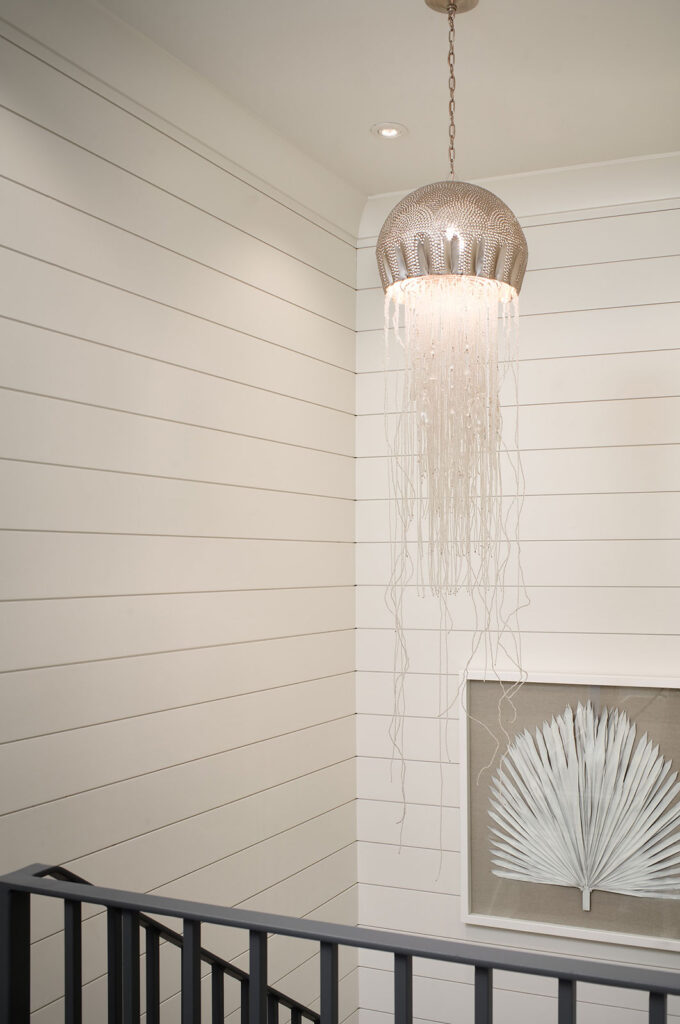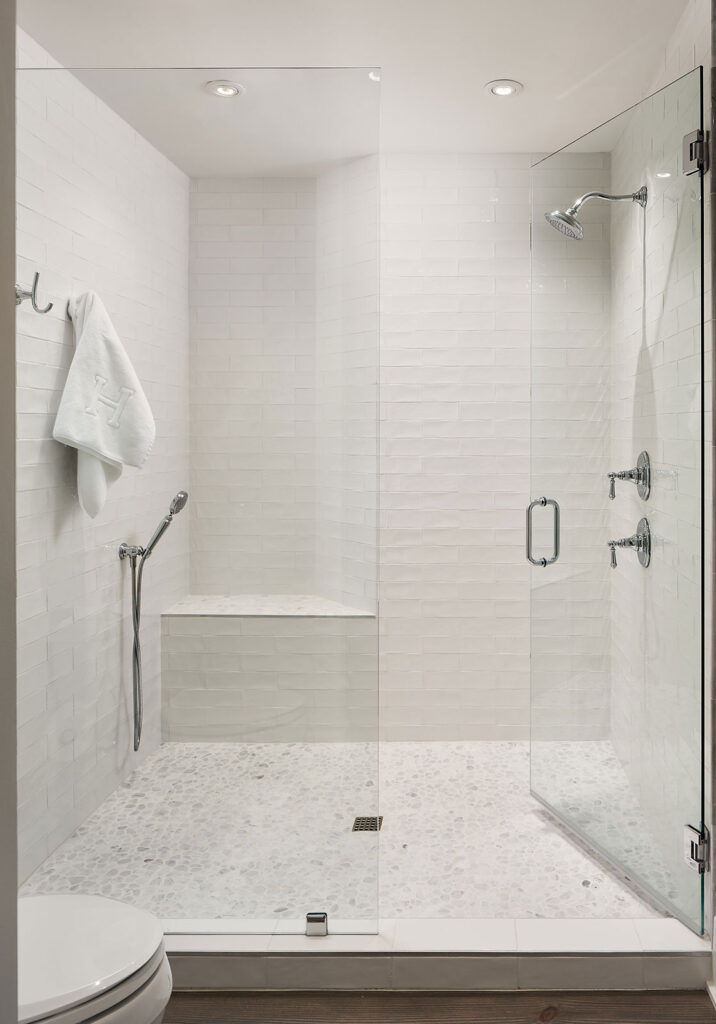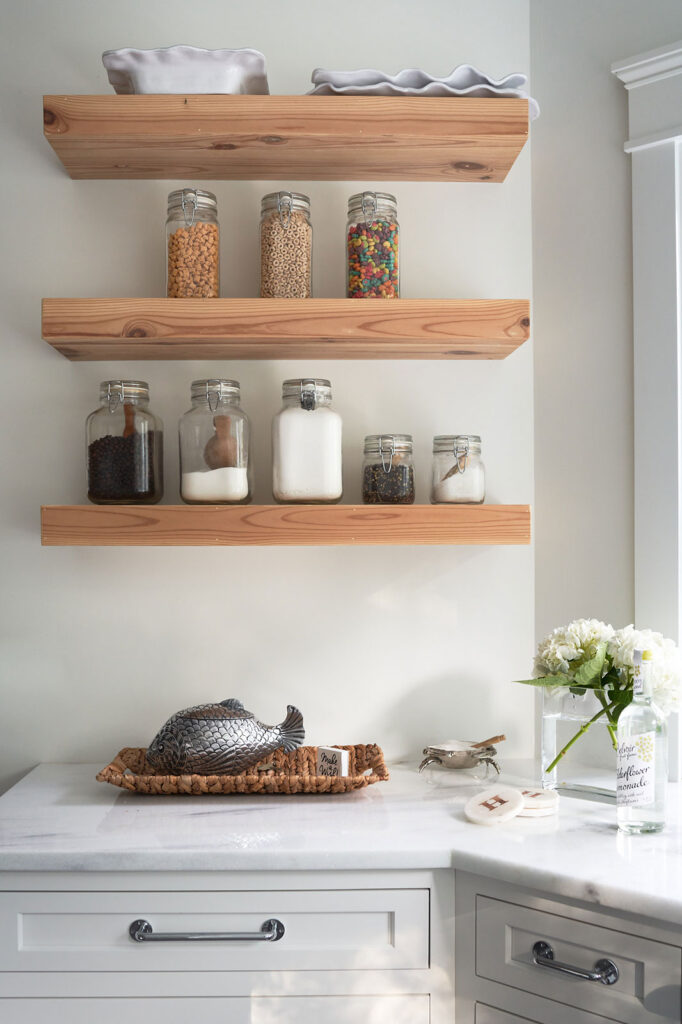Ever wonder what type of sunscreen you should use when you’re at the beach?
Is higher SPF better for you than lower? Not necessarily.
Here’s what you need to know about SPF sunscreen and the beach. Head to the bottom for the busting of myths about sunscreen.
SPF stands for “Sun Protection Factor,” and this is the scientific factor of time you can be in the sun without getting sunburnt by ultraviolet (UV) B rays.
Here’s the formula to help break it down:
These are two basic types of ultraviolet rays that reach the earth’s surface. These rays are responsible for sunburn, premature skin aging, skin spots, and the possible onset of skin cancer. You want protection against these two types of rays, so look for susncreens that will do this.
RELATED: 5 cool and unusual things to do in Hilton Head
These ingredients protect against the full spectrum of UV rays the sun produces.
Take note, however, that Zinc Oxide is a much safer and more effective sunscreen than Titanium Dioxide based on physical chemistry and biological effects. So if you want your body to stay healthy, consider using Zinc Oxide over Titanium Dioxide.
It’s best to reapply sunscreen every two hours — especially after swimming, sweating, drying off with a towel, or changing clothes — so you stay safe out in the sun. Water and sweat removes the foundation that protects your skin, so remember to reapply if you’ve been outside for a while.
RELATED: 25 best tips for the perfect day at the beach









